General
Siemens Extends Completion of Nigeria’s Electricity Project to 2030

By Adedapo Adesanya
German engineering company, Siemens, has said the completion of Nigeria’s electricity improvement scheme set for a 2025 target has been pushed forward to 2030.
The Nigerian government under former President Muhammadu Buhari and Siemens in 2019 signed the deal, and in 2020, the Federal Executive Council (FEC) approved the payment of N8.6 billion to the company.
A breakdown of the money shows that the sum of N6.9 billion (€15.21 million) as offshore and N1.7 billion onshore components represent Nigeria’s counterpart funding for the power deal with Siemens AG.
Speaking on the new development, Mr Oladayo Orolu, the Head of Business Development and Government Relations at Siemens Energy, said in an interview that the three-phase project was set back by delays in starting the first phase.
“When we conceptualized this project in 2018, our plan was within two years we should be done with phase one, but then Covid happened disrupting supply chains, which meant getting raw materials took longer than before,” he said.
He also lamented that the delay will lead to cost overruns. In 2020, phase one was projected to cost about €2 billion.
“Prices are not at the same level they used to be. Some raw material components costs have been doubled, some are still close to where they used to be, some are just marginally higher,” he said.
Mr Orolu expects electricity output to increase by an additional 2,000 megawatts at the completion of phase one by 2025.
“The objective of phase one is to do quick fix projects that will free up 2,000 megawatts, we currently have 5000, we are looking at taking that to 7,000,” he said.
The partnership with Siemens will revamp Nigeria’s existing network before expanding it until the country can produce and distribute 25,000 megawatts.
Currently, Nigeria has a capacity of more than 13,000 megawatts, of which a daily average of about 3,400 megawatts is dispatched to consumers. The country is not able to fully utilise its power network due to poor transmission and distribution networks.
According to the World Bank, Nigeria has the largest energy access deficit as of 2021, with 43 per cent (or 85 million Nigerians) of the country’s population without access to grid-connected electricity.
Nigeria’s electric power consumption per capita of 145KwH falls behind those of select peers, South Africa (4,198KwH) and Ghana (351KwH), as well as the average for lower middle-income countries of 811KwH.
General
NCSP Strengthens Strategic Investment Cooperation With China
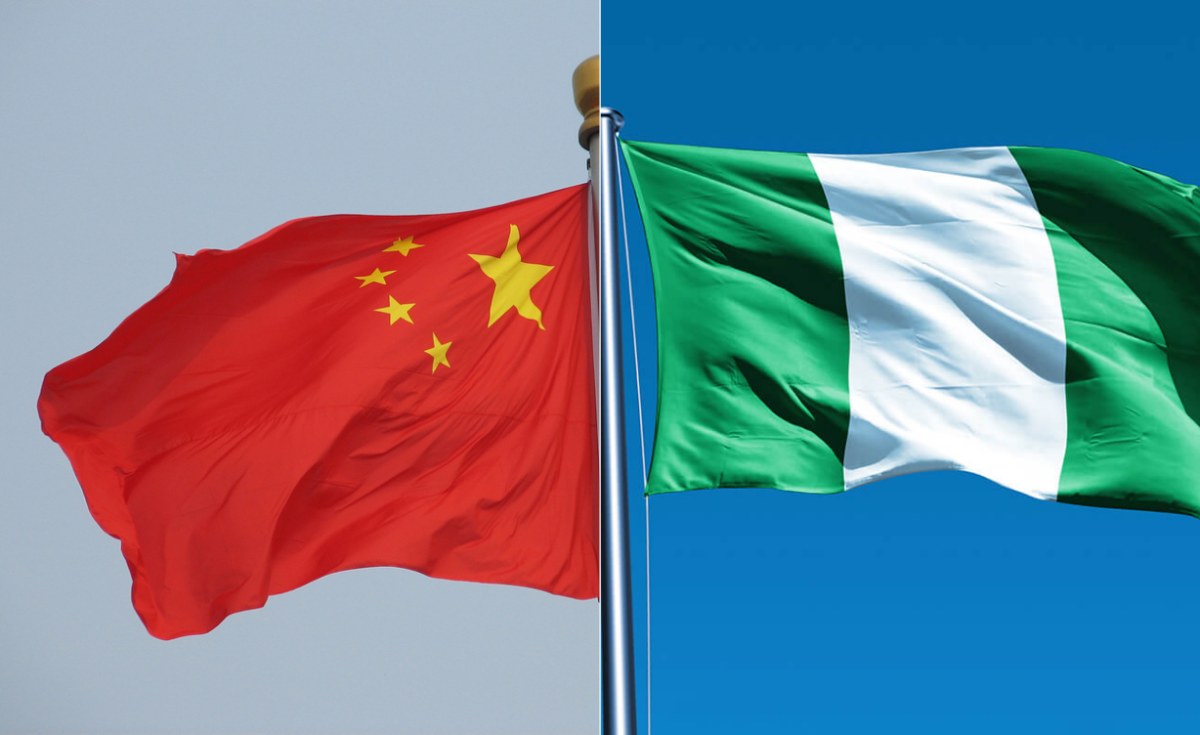
By Adedapo Adesanya
The Nigeria–China Strategic Partnership (NCSP) recently hosted a high-level delegation from Newryton International Industrial Development Company Limited, a leading Chinese investment and industrial development consortium, to advance discussions on deepening bilateral trade, industrial cooperation, and development financing between both countries.
The Newryton delegation, led by Mr David Chen, Assistant Secretary-General of the China Hainan Investment Council, had earlier engaged with the Nigerian Association of Commerce, Industry, Mines and Agriculture (NACCIMA). They were accompanied to the NCSP by Mr Joe Onyuike, Vice-Chairman of NACCIMA’s Agriculture and Livestock Trade Group, who conveyed NACCIMA’s support for the delegation’s engagements.
Discussions centered on the establishment of a Nigeria–China Trade and Investment Platform, including a proposed Promotion Centre in China to support Nigerian products, investors, and state governments.
The consortium also presented opportunities within Hainan Province’s Free Trade Port (FTP), which offers preferential policies that Nigerian businesses can leverage to expand exports and attract new investments.
In his address on behalf of Newryton, Mr Pong outlined plans to collaborate with NCSP in accessing FOCAC-supported financing for strategic investments in agriculture, energy, mining, solid minerals processing, and related sectors. The delegation identified aquaculture as a key area of interest and referenced the forthcoming Global Aquaculture Conference in Hainan Province, encouraging Nigerian stakeholders to participate.
They also expressed readiness to strengthen cooperation in vocational training and employment under the Belt and Road Initiative (BRI).
Welcoming the delegation on behalf of the Director-General, Martins Olajide, NCSP’s Head of Internal Operations, reaffirmed the organisation’s commitment to fostering mutually beneficial partnerships.
He highlighted NCSP’s strong interest in the proposed Nigeria–China Trade and Investment Platform and the development of the Nigerian Oil Palm Industrial Park as a flagship demonstration project.
Also speaking at the meeting, Ms Judy Melifonwu, NCSP’s Head of International Relations, underscored the opportunities presented by China’s zero-tariff policy and the forthcoming NAQS–GACC protocol on the export of Nigerian aquaculture products. She noted that these frameworks would significantly enhance Nigeria’s competitiveness in emerging global markets.
Both parties expressed commitment to advancing discussions toward a structured cooperation framework covering all priority areas.
General
UKNIAF Marks Six Years Infrastructure Support to Nigeria
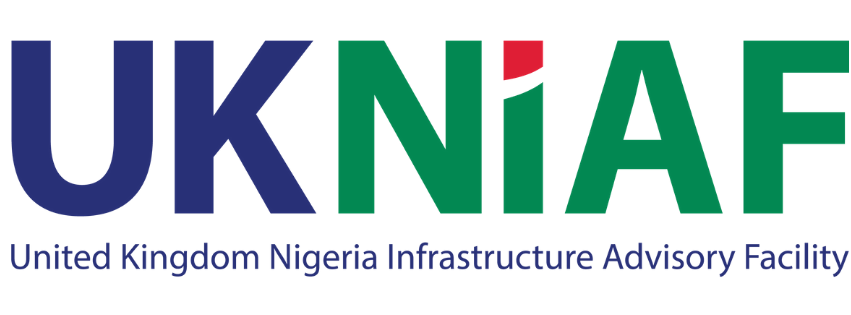
By Adedapo Adesanya
The United Kingdom–Nigeria Infrastructure Advisory Facility (UKNIAF), established in 2019 as part of a 16-year legacy of UK-funded infrastructure support to Nigeria, convened over 100 senior stakeholders on Tuesday, December 2, to review its progress and formally close out its current phase of operations.
The event brought together representatives from federal and state governments, development partners, development finance institutions, and the private sector to reflect on UKNIAF’s work across the power, infrastructure finance, and roads sectors. Discussions focused on institutional reforms, capacity development, and the sustainability of tools and processes introduced over the past six years.
Since inception, UKNIAF has delivered targeted technical assistance designed to embed evidence-based reforms, data-driven decision-making, and improved institutional performance. Its interventions have mobilised significant financing, strengthened regulatory and planning systems, and enhanced investor readiness across multiple infrastructure markets.
In the power sector, participants highlighted landmark achievements including the development of Nigeria’s first Integrated Resource Plan, which outlines a least-cost and low-carbon pathway for expanding electricity supply. UKNIAF also supported the Nigerian Electricity Regulatory Commission (NERC) in building advanced real-time data capabilities for tariff monitoring, grid management, and outage tracking. The programme enabled pioneering states to establish their own electricity markets following constitutional reforms.
In infrastructure finance, UKNIAF was recognised for strengthening project preparation systems and enabling access to capital. Notable accomplishments include supporting the mobilisation of $75 million from the African Development Bank to the Special Agro-Industrial Processing Zone (SAPZ) programme in two states, and accelerating mini-grid and solar deployment through improved technical standards at the Rural Electrification Agency (REA).
UKNIAF also designed a national project preparation facility, for which N21 billion was allocated in both the 2024 and 2025 budgets to build a pipeline of bankable projects.
Speaking on this, Mr Frank Edozie, UKNIAF Team Lead, described the programme’s close-out as a “handover for sustained delivery,” emphasising that strengthened institutions now hold tools that make Nigeria’s infrastructure landscape more transparent, climate-smart, and investor-ready.
On his part, the Minister of Power, Mr Adebayo Adelabu, commended the programme, noting that its technical assistance and advisory services had helped lay the foundation for a sustainable and inclusive electricity supply industry.
Mrs Cynthia Rowe, Head of Development Corporation at the UK Foreign, Commonwealth and Development Office (FCDO) in Nigeria, praised the partnership, highlighting achievements ranging from state-level electricity market reforms to unlocking major financing and designing Nigeria’s Climate Change Fund.
Enugu State Secretary to the State Government, Professor Chidiebere Onyia, underscored the lasting influence of the programme, stating that UKNIAF’s impact continues through the expertise and leadership transferred to national and sub-national institutions.
The close-out event reaffirmed stakeholders’ commitment to sustaining tools, reforms, and knowledge products developed under UKNIAF, while strengthening collaboration among public, private, and development actors in the infrastructure ecosystem.
Participants included federal and state agencies such as the Nigeria Governors’ Forum, Federal Ministry of Power, Ministry of Finance, NERC, REA, and the Transmission Company of Nigeria, alongside development partners including the African Development Bank, World Bank, and IFC, as well as private sector and civil society stakeholders.
General
Dangote Refinery Reduces PMS Pump Price to N699 Per Litre
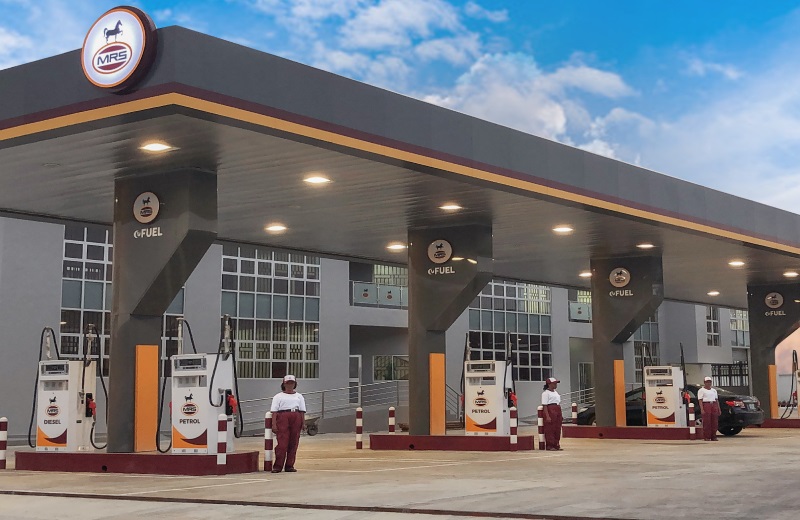
By Aduragbemi Omiyale
The gantry price of Premium Motor Spirit (PMS), otherwise known as petrol, has been slashed by the Dangote Petroleum Refinery.
The Lagos-based oil facility brought down the ex-depot price of the petroleum product by 15.58 per cent or N129 per litre to N828 per litre.
Though the company had yet to release an official statement on this development, real-time market data on Petroleumprice.ng on Friday showed the new price.
Punch reports that data from the platform also showed fresh reductions across several private depots following the refinery’s latest review.
Sigmund Depot cut its ex-depot price by N4 to N824 per litre, Bulk Strategic dropped its price by N3, and TechnoOil slashed its by N15.
-

 Feature/OPED6 years ago
Feature/OPED6 years agoDavos was Different this year
-
Travel/Tourism9 years ago
Lagos Seals Western Lodge Hotel In Ikorodu
-

 Showbiz3 years ago
Showbiz3 years agoEstranged Lover Releases Videos of Empress Njamah Bathing
-

 Banking7 years ago
Banking7 years agoSort Codes of GTBank Branches in Nigeria
-

 Economy3 years ago
Economy3 years agoSubsidy Removal: CNG at N130 Per Litre Cheaper Than Petrol—IPMAN
-

 Banking3 years ago
Banking3 years agoFirst Bank Announces Planned Downtime
-

 Banking3 years ago
Banking3 years agoSort Codes of UBA Branches in Nigeria
-

 Sports3 years ago
Sports3 years agoHighest Paid Nigerian Footballer – How Much Do Nigerian Footballers Earn





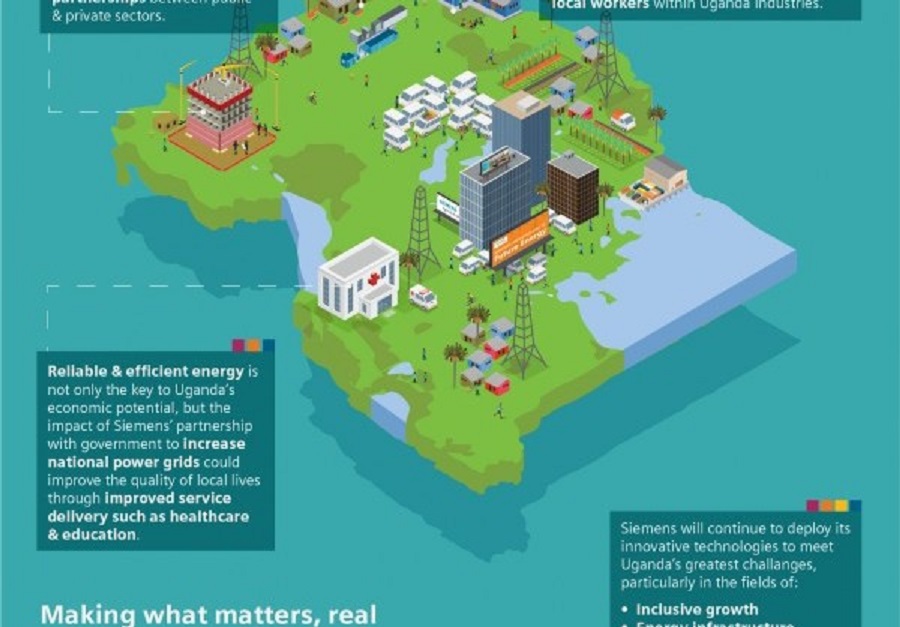





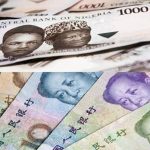



Pingback: Siemens Extends Completion of Nigeria’s Electricity Project to 2030 – African Budget Bureau